What is PCB in electronics?
PCBs (Printed Circuit Boards) are crucial in electronics, providing mechanical support and electrical connections via etched copper traces on a non-conductive substrate. They ensure signal integrity, heat dissipation, and contribute to compact, reliable, cost-effective designs preferred in electronics manufacturing.
What is a PCB?
PCB is the abbreviation of Printed Circuit Board. The conductive routes, tracks, or signal traces are etched on copper sheets laid on a non-conductive substrate, which mechanically supports and electrically connects electronic components together, so PCB is a bearer to hold the components. The reason for the proper functioning of an electronic product lies in the electronic components, which, with traces on a PCB board, connect with each other. These traces help to realize the electrical connection between the components. From the fine details of PCBs, including structure, functions, and advantages, to see what PCB stands for in electronics.
Structure of PCB
A typical PCB consists of several layers that each play a crucial role.
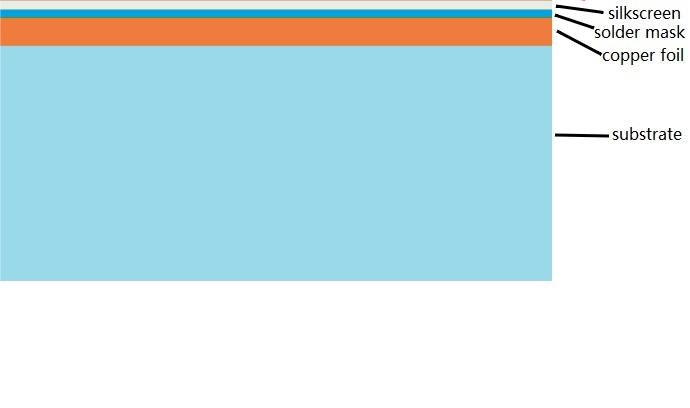
Substrate layer: This is usually made from fiberglass, for instance, FR4 (Itch Retardant 4), which gives the board its physical strength or rigidity. There are also flexible substrates, for example, polyimide, employed in flexible PCBs.
Copper Layer: Thin layers of copper are laminated onto the substrate of the board. They could be on a single side: single-sided PCBs; or even on both sides: double-sided PCBs; and even in multiple layers, for more complex circuits, making them multi-layer PCBs.
Solder Mask: This falls above the copper layer, keeping the copper layer insulated and prevents accidental connections.
Silkscreen Layer: The top layer contains component placement and identification labels and marks, aimed at the engineering and technician community during board population and minor board troubleshooting.
Functions
Printed Circuit Boards are the foundation of electronic devices. They have several essential but crucial functions that make modern electronics function and work. The primary functions of PCBs are as follows:
Mechanical Support
The PCBs give a robust and solid mounting for the electronic parts because the solid substrate, consisting mostly of materials such as fiberglass, ensures components are well-fixed and in their appropriate position. The mechanical support saves the components from physical movements and damages caused by mechanical stress or the environment.
Electrical Connectivity
A PCB primarily provides electrical interconnections to various components. Etched copper traces on the board provide a conductive medium for which different portions of the circuit connect. An electrical signal in search of traveling from one end of the board to another has a direct path of travel through copper. This medium of pathways results in proper communication between components and is highly instrumental to the operation of the electronic system.
Signal Integrity
Also, PCBs have an important responsibility to maintain the signal integrity. Proper trace design and layout can help reduce EMI, which will consequently reduce signal loss and crosstalk. Controlled impedance in the traces ensures that the signals are transmitted with as little distortion as possible: the most important parameter in all high-speed and high-frequency applications. That maintains the quality of signals to enable the current electronic systems to do well and reliably competent.
Heat Dissipation
Effective heat management is crucial to the expected life and reliability of electronic components. The board is designed such that the heat generated by the components as they operate is dissipated to the surroundings. The designs that incorporate thermal vias, copper pours, or an integral heatsink serve to get the heat transported away from areas seen as critical, giving it an assurance against overheating and allowing the device to work in a particular safe temperature range. This ensures that the device maintains its normal functionality and effectiveness.
Why the Electronics Manufacturing Industry Prefers PCB
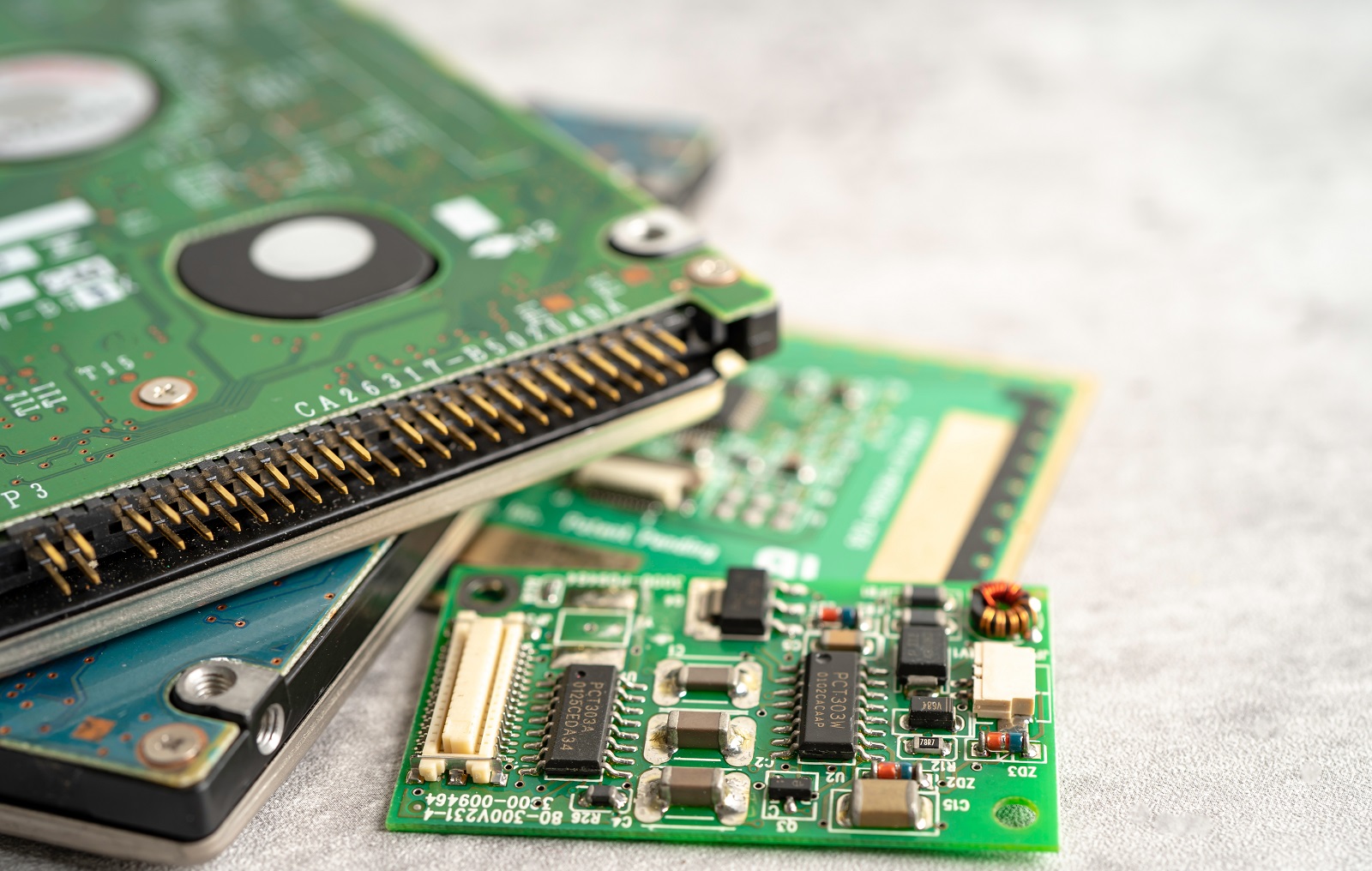
Printed Circuit Boards are highly esteemed in electronics manufacturing for many compelling reasons. With the usage of PCBs, the whole designing, manufacturing, and maintaining process for electronic devices has taken a huge turn to achieve many nice impacts that now make them the favorite preference of manufacturers.
Small and Efficient Design
PCBs can be produced to make compact and effective electronic designs. By putting the layers of many circuits into a reasonably small size board, PCBs, therefore, support miniaturization. In this era of modern electronic devices, small form factors are of paramount importance, including smartphones, wearables, and other portable technology that carry a host of functions in very little space.
Reliability and Durability
The materials and processes in the construction of PCBs make them very reliable and robust. Oxidation and short-circuiting are prevented due to characteristics like solder masks and protective coatings, while mechanical stability is guaranteed by the thick substrate. This makes PCBs universally employable in environments ranging from consumer electronics and industrial machinery to automotive systems where critical factors are concerned.
Cost-Effectiveness
The mass production capabilities of PCBs significantly reduce the cost of manufacturing. Through high-speed manufacturing processes: SMT or THT, the ease of building PCB is convenient with minimal human intervention; hence, the labor cost is reduced. This is because most products normally have to be produced in constant numbers, and this makes maintenance cheaper and guarantees that the quality of advanced electronic gadgets is affordable to most end users.
Simple Maintenance and Testing
PCB production allows for maintenance considerations in design. In most cases, they are designed with some test points and are easily labelable to facilitate troubleshooting and repairs. The standard layout design makes it easier for a technician to identify faulty parts for prompt replacement. This, therefore, promotes maintenance effectiveness. Further, incorporating automated test processes is easy when producing PCBs to allow for prompt detection and correction of faults early in the cycle of production.
Better Performance
PCBs contribute to the enhanced performance of electronic equipment. It is the capacity of accurate trace routing and controlled impedance characteristics of PCBs that do not permit any loss due to signal losses and electromagnetic interference (EMI) to come in the way. This is particularly essential for applications in telecommunication, computing, and consumer electronics where performance and reliability are the answer to quintessentiality.
Conclusion
PCBs are the modern electronics and systems that turn the world of highly developed science in electrical engineering into something tangible and working in practice. Being certain that inventions in PCB design and manufacturing will finally drive the next level of electronic advancement and technology change, with breakthroughs to make our devices smaller, faster, and more efficient. Understanding PCB sophistication gives the baseline for appreciating the technical marvels humankind depends on every day.
Hot Tags:
Contact us

If you can't find what you're looking for, please contact us.
Article
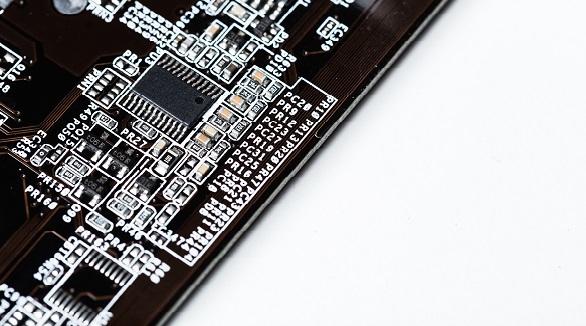
Multilayer PCBs, essential for advanced electronics, offer compact size, lightweight, and high performance, making them ideal for various applications despite higher costs and complexity.
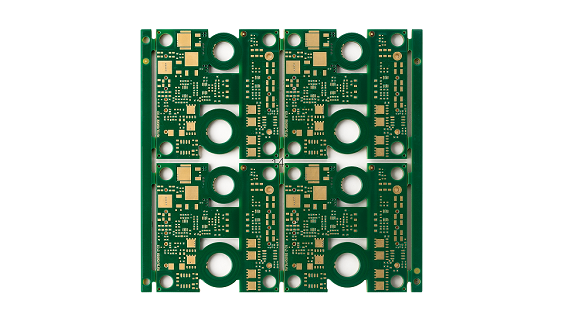
Most electronic circuits are mounted on PCBs, or Printed Circuit Boards, which provide mechanical support and electrical interconnection of electronic components. There are, however, special applications that involve the use of single and double-sided PCBs, multi-layer PCBs, or even rigid and flexible PCBs with aluminum backing, targeting medical, industrial, auto, and aerospace industries. They may use materials such as fiberglass, epoxy, aluminum, and others.
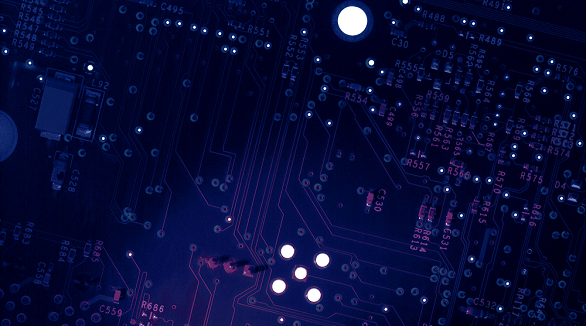
The article explains the current situation of Printed Circuit Boards and future development based on efficient production helped by advanced software and manufacturing processes. Future technological developments are in store for 3D Printed Electronics, flexible PCBs, eco-friendly biodegradable PCBs, and board cameras. It elaborates on other powerful automation tools that are going to make the entire PCB design process efficient in the near future. All of them will further improve and develop with the technological advances in PCBs, keeping up with the ever-increasing industry and consumer demands.